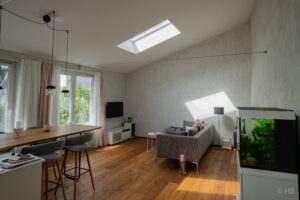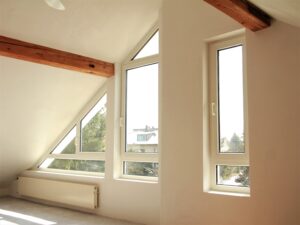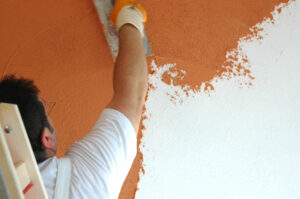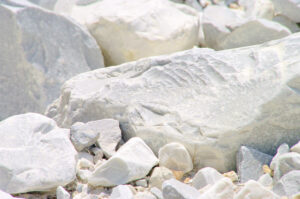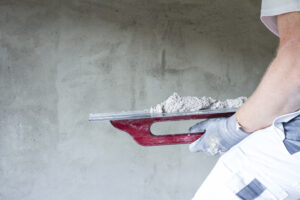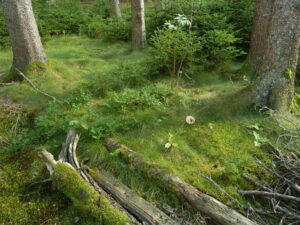Environmentally friendly and sustainable ...
If we claim that our products deserve the label “environmentally friendly and sustainable”, then we prove it.
Regional is the best choice
We only use lime for the production of our sump lime from German lime deposits. The marble sands and marble flour that we use also come from rock deposits in Germany. The associated short transport routes have less of an impact on the environment. Especially since the German occurrence are among the purest limestone deposits in Europe. So we have lime in a quality of 98% Calcium carbonate available. Why do we need lime from Italy or Switzerland when the good is so close?
KalkKind - Made in Germany
We produce our lime in our own KalkKind factory in Oestrich-Winkel in the Hessian Rheingau. This is where we also produce all of the slaked lime materials. Our production facilities and main warehouse are therefore very central. This also ensures that our products do not have to travel unnecessarily long distances for delivery.
sustainability
durability
Due to the fact that there are no plastic components, the surfaces do not have any components that can cause graying e.g. B. by Fogging would lead. The pit lime surfaces extend the renovation cycle. The walls and ceilings usually only need renovation when they are mechanically worn and damaged. But not because they would look unsightly after a few years. Thanks to their moisture-regulating properties, they protect the building fabric. Durability relieves the environment. Durability is another proof of the sustainability of building products.
Renewable raw materials
Shelf life without preservatives and fungicides
Most paints and water-based paints and plasters on the market use preservatives so that the materials don’t start to mold in the buckets. Preservatives are poisons that affect organisms and damage the environment. No preservatives or fungicides are used in KalkKind products. Due to the high alkalinity of the sump lime used, no bacteria and germs can form or multiply, which would make the materials unusable in the buckets. The lime has a pH of 12.6. Fours, germs and bacteria don’t like that at all.
Free of plastic and plastic
Plastic becomes microplastic
For the production of our surface materials, we KalkKinder do not use any Plastics a. We don't get into that.
CO² pollution from burning lime
The most ecological and environmentally friendly house is the one that is not built?
It certainly is. But if we take a responsible approach to the planning and selection of the materials with which we build, renovate, refurbish and modernize, then we contribute to improving the environmental situation and protecting the climate.
Building materials serve many purposes … they must not pollute the environment or damage the climate.


